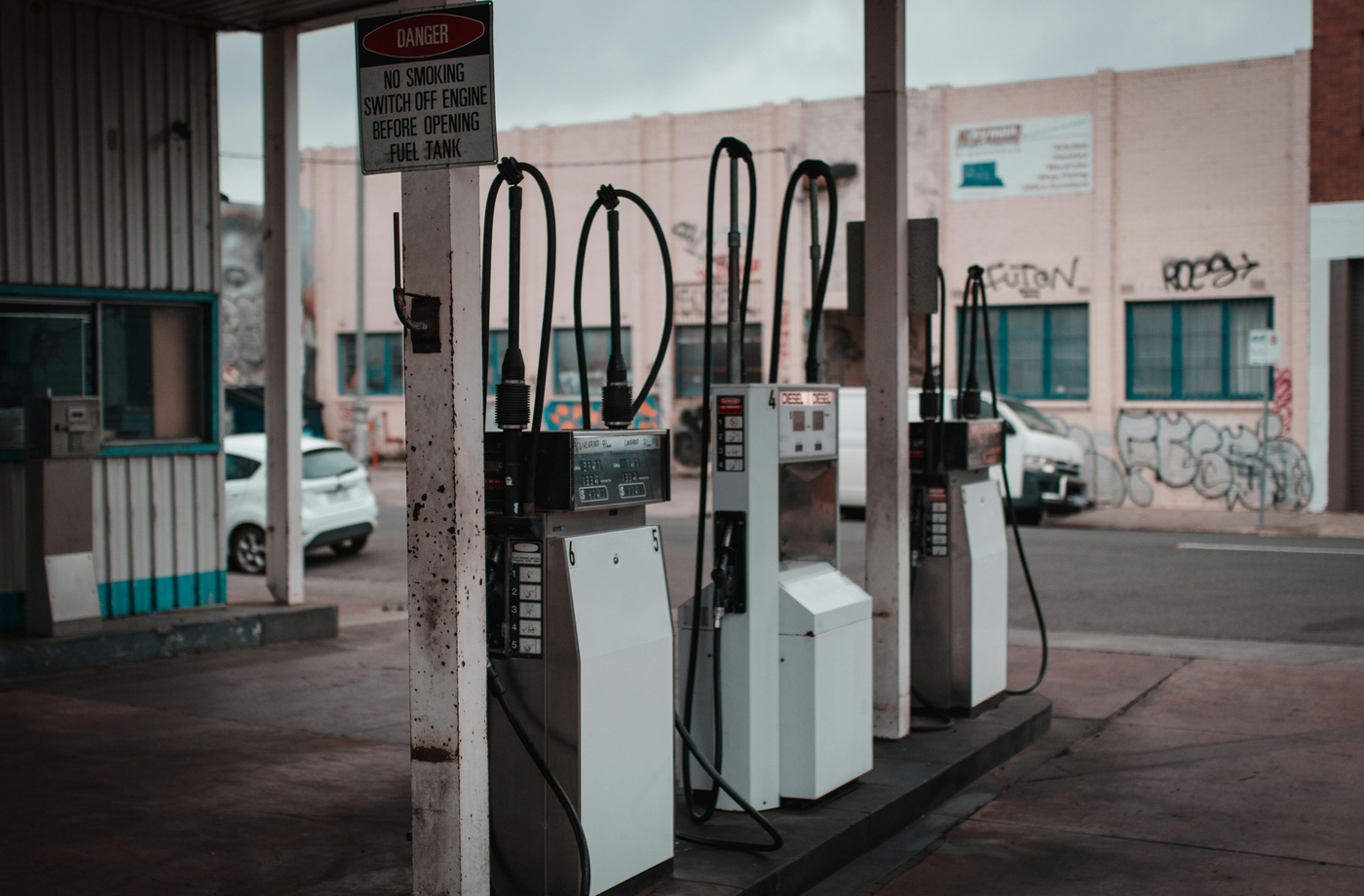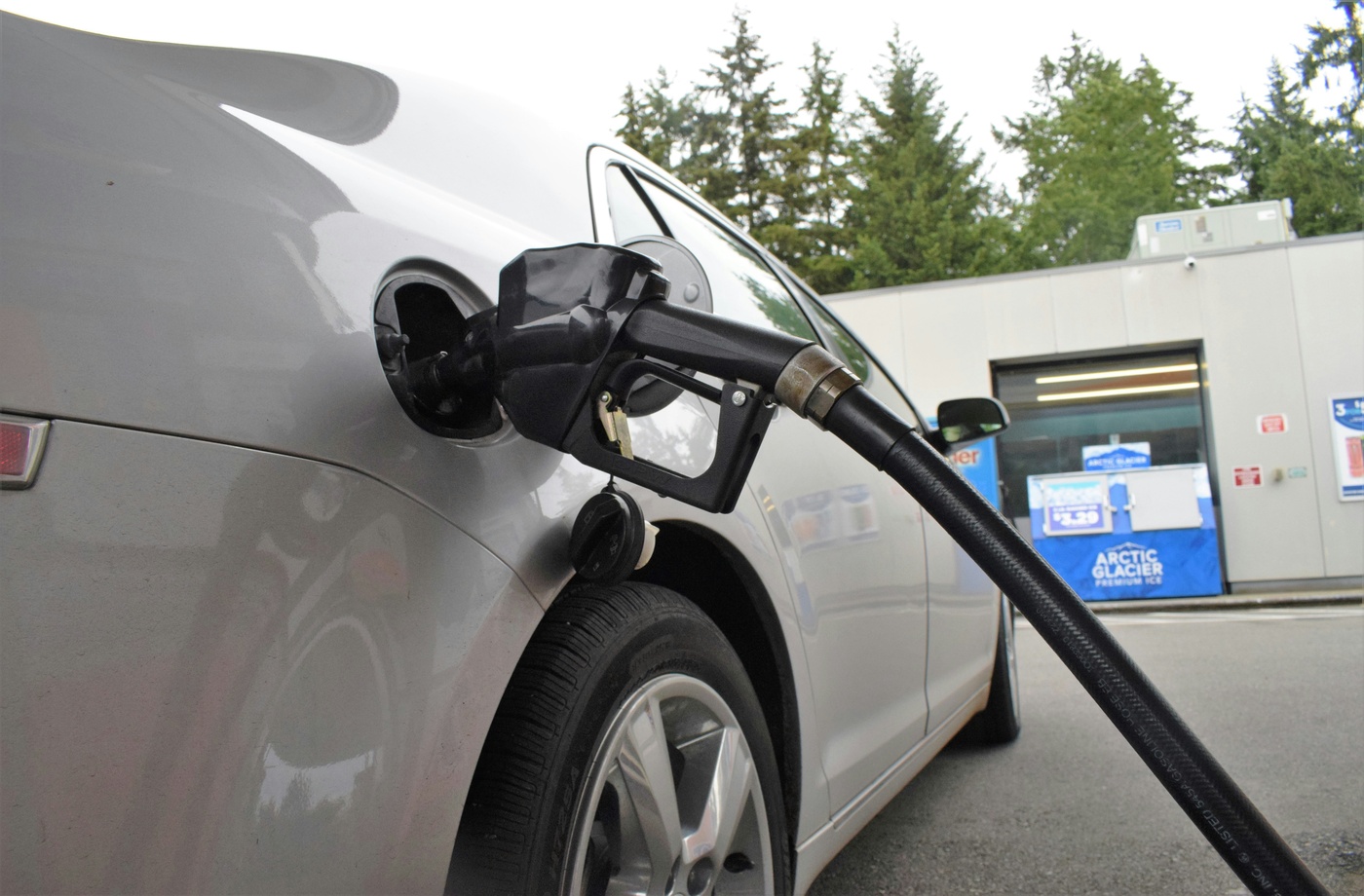Upgrading to a hybrid or electric vehicle isn’t the only way to lower your fuel expenses. With a few smart driving habits and low-cost maintenance strategies, you can improve your current car’s fuel efficiency and save money every time you fill up. These tips work for any vehicle—gas, diesel, or hybrid—and many of them take just minutes to implement.
Here’s how to get more miles per gallon without upgrading your ride.
- Maintain Proper Tire Pressure
Underinflated tires create more rolling resistance, forcing your engine to work harder and burn more fuel. According to the U.S. Department of Energy, keeping your tires properly inflated can improve gas mileage by up to 3%.
Tip: Check your tire pressure monthly with a digital gauge and inflate them to the recommended PSI listed on your vehicle’s door frame—not the number on the tire.
- Avoid Aggressive Driving
Rapid acceleration, hard braking, and speeding can lower your gas mileage significantly. The EPA reports that aggressive driving can reduce fuel economy by 15%–30% on highways and 10%–40% in stop-and-go traffic.
Tip: Use cruise control when appropriate, drive at moderate speeds, and anticipate traffic flow to avoid unnecessary stops.
- Lighten Your Load
Carrying excess weight in your trunk or roof box can reduce efficiency, especially on smaller vehicles. Every extra 100 pounds can lower your MPG by about 1%.
Tip: Remove unnecessary items from your car and detach roof racks or cargo boxes when not in use.
- Combine Errands to Reduce Cold Starts
Engines run more efficiently when they’re warm. Starting your car multiple times for short trips uses more fuel than combining those trips into one longer route.
Tip: Plan ahead to group errands and reduce the number of cold starts.
- Stay on Top of Regular Maintenance
A well-maintained engine runs more efficiently. That includes oil changes, air filter replacements, spark plug inspections, and proper alignment.
Tip: Follow your car manufacturer’s recommended maintenance schedule. You can find this in your owner’s manual or on sites like CarMD.
- Use the Right Motor Oil
Using the incorrect viscosity or low-quality oil can impact fuel efficiency. Look for oils labeled “Energy Conserving” that meet the specifications listed in your owner’s manual.
Tip: Check for the American Petroleum Institute (API) “Starburst” symbol, which indicates the oil meets current energy-saving standards.
- Use Cashback Tools to Save on Every Fill-Up
Even if you’re burning less gas, the price per gallon still adds up. You can offset costs by using digital tools that offer cashback when you purchase fuel gift cards. With Fluz, you can earn cashback with a Chevron gift card or get rewards with a Shell gift card instantly, whether you’re filling up or buying fuel in advance.
These savings stack with loyalty programs from major stations and work seamlessly with most credit card rewards.
- Use Apps That Monitor MPG and Fuel Costs
Apps like Fuelio and Drivvo allow you to log fuel usage, maintenance history, and trip costs over time. Seeing your fuel economy data can help you identify patterns—like declining MPG that signals a needed tune-up.



